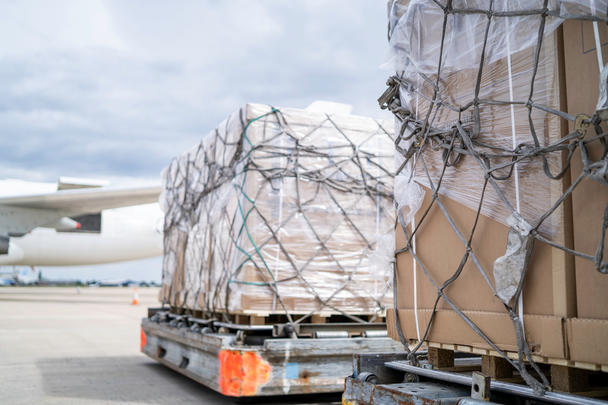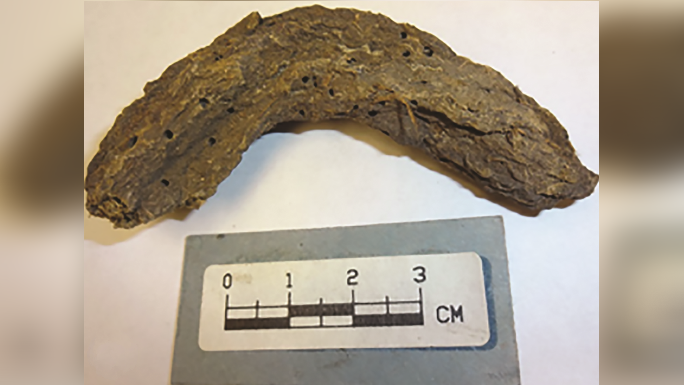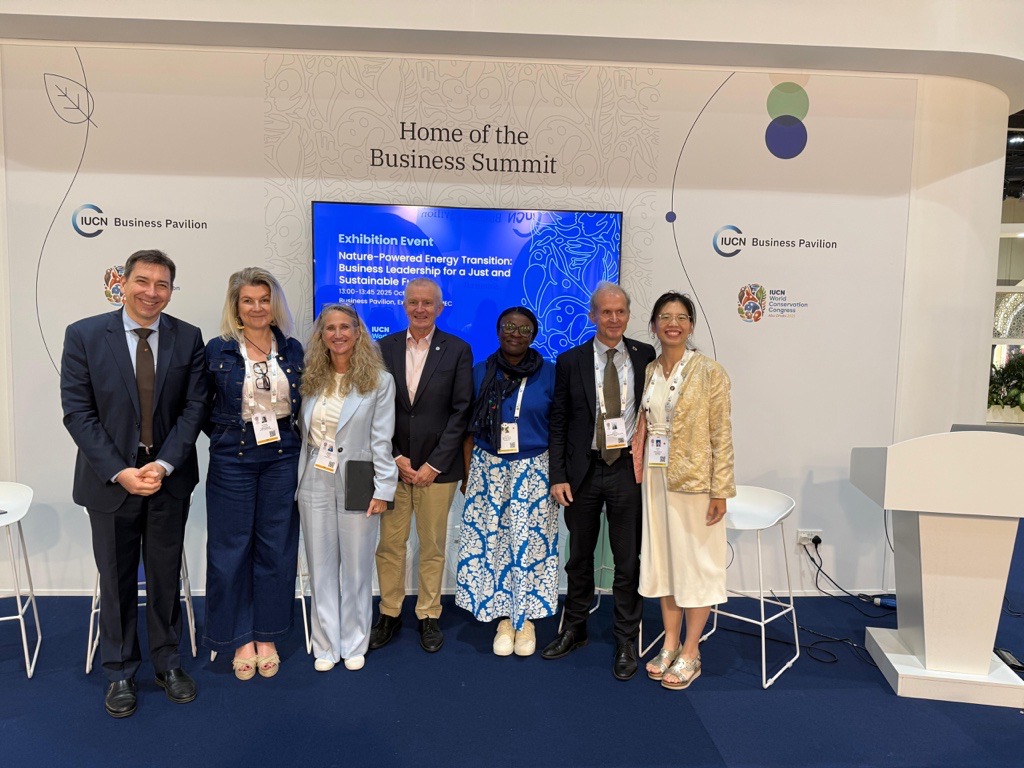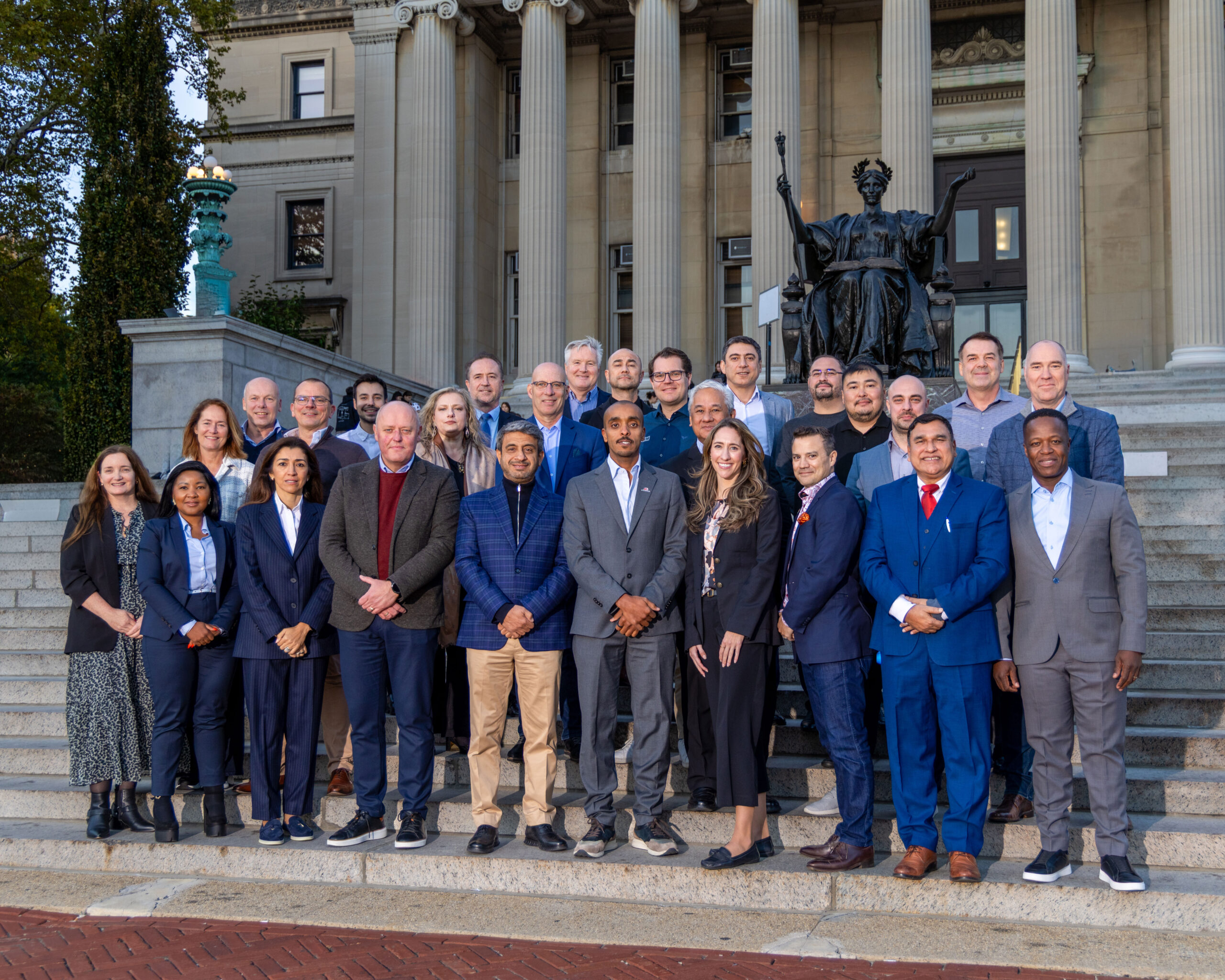Are you in “Group 7”? The fact that millions want to be could be chalked up to an L.A. singer who was determined to use TikTok to get her music before the public.
Sophia James took on the social media platform’s algorithm last week, and…

Are you in “Group 7”? The fact that millions want to be could be chalked up to an L.A. singer who was determined to use TikTok to get her music before the public.
Sophia James took on the social media platform’s algorithm last week, and…


Toulouse, France, 22 October 2025 – Airbus’ 2025 Cargo Global Market Forecast (GMF) shows the worldwide fleet of dedicated freighter aircraft rising to 3,420 in the next 20 years, equivalent to a 45% increase. This will be made up of 815 existing freighters and 2,605 additional ones. Of these additional 2,605 freighters, 1,530 will be replacements and 1,075 will be for growth. The additional 2,605 will be split between 1,120 small aircraft, 855 mid-size widebodies, and 630 large widebodies. Overall of the 2,605 additional freighters, 1,670 will be conversions from passenger aircraft and 935 will be new-build freighters.
World Gross Domestic Product (GDP) and trade remain the main drivers of air cargo. With long term trade forecasted at 2.7% CAGR, Airbus forecasts that air cargo will develop at a rate of 3.3% annually over the next 20 years, effectively almost doubling cargo volumes over the next two decades. Airbus forecasts significant air cargo growth as it has proved essential – not just to support economies, but also to connect remote communities, transport essential and health-critical goods, and enable local business development in emerging countries.
After rapid cargo fleet growth during the pandemic, fuelled by an increase of passenger aircraft conversions into freighters and minimum retirement of previous generation freighters, Airbus forecasts that going forward, a large proportion of these older freighters will leave the fleet and be replaced by newer, more fuel efficient freighters such as the A350F or A320/A321 and A330 Passenger-to-Freighter (P2F) conversions.
Airbus also forecasts trade lanes, and therefore air cargo flows diversification, as more countries in the Asia-Pacific region become industrial centres. Likewise, GDP and demographic forecasts indicate that new countries such as Brazil, Indonesia or Vietnam will emerge as major consumer economies in the coming decades. This will initiate a gradual shift in air cargo geography and the global air freight map.
Of the total need for 2,605 freighter deliveries over the next 20 years, Asia-Pacific and North America will account for nearly two-thirds of demand, requiring 850 and 920 aircraft, respectively.
Find more info on the latest Airbus Global Market Forecast and the Airbus family of freighters.
#AIRBUS #A350F #FREIGHTER #CARGO #GLOBALMARKETFORECAST

Scientists analyzing 1,300-year-old human feces from the Cave of the Dead Children in Mexico have discovered that people often dealt with nasty intestinal infections more than a millennium ago.
“Working with these ancient samples was like opening…
This request seems a bit unusual, so we need to confirm that you’re human. Please press and hold the button until it turns completely green. Thank you for your cooperation!

Keynote speaker Erik Berglöf, Chief Economist at the Asian Infrastructure Investment Bank (AIIB), outlined how the bank is integrating nature into development finance. From wetlands in Mongolia to mangrove protection in Brazil, the approach includes natural capital valuation, policy-based financing, and public-private partnerships.
“Nature is not a side concern—it is part of the operating system of our infrastructure,” Berglöf said.
AIIB’s policy-based financing model allows direct lending to governments to support climate and nature policies. A $1 billion loan to Brazil, for example, includes frameworks for mangrove management and climate-resilient health systems, illustrating how planetary health can be built into infrastructure finance. In China, AIIB’s Nature Finance Accelerator mobilises private investment through taxonomy-based project classification and carbon credit markets.
AIIB’s pilot project in Mongolia shows how ecosystem service valuation can expand the scope of infrastructure investments—from flood management to pollination, carbon sequestration, and recreation—prompting local authorities to scale up restoration efforts. This evidence-based approach positions nature as an asset rather than a cost.
Representing European Bank for Reconstruction and Development (EBRD), Adonai Herrera Martínez highlighted the dual goals of financial returns and measurable environmental impact. He emphasised the critical role of IUCN in advocacy, guidance, and verification—helping financial institutions define metrics, develop methodologies, and link investments to actual improvements in the state of nature.
Patricia Claverie from TotalEnergies spoke about the urgency of scaling renewable energy at unprecedented speed while mitigating ecological impacts. Using IUCN’s guidance during the repowering of a wind farm on Réunion Island, the company was able to redesign the project with fewer turbines, lower impact, and a stronger biodiversity action plan.
Karen Westley of Ipieca underscored the power of industry collaboration: through Ipieca’s global network, lessons learned from IUCN partnerships can be shared across 60% of the oil and gas sector, amplifying systemic change.

Speakers stressed the need to move beyond compliance toward incentivised, long-term conservation gains. This includes biodiversity credits, embedding nature into licensing and tendering, and developing financial mechanisms that sustain ecological benefits beyond the operational life of projects.
Closing the session, Stewart Maginnis, Deputy Director General of IUCN, called for radical partnerships that place biodiversity conservation at the heart of the global energy transition.
“Mainstreaming biodiversity in energy systems isn’t optional. It’s how we ensure a just and sustainable future.”
Follow-up actions identified during the event include developing simple, robust nature finance methodologies with IUCN; ensuring long-term conservation gains beyond project lifecycles; and creating economic incentives to reward nature-positive infrastructure investments.
The session showcased how aligning finance, energy, and conservation can help build resilient economies and ecosystems—treating nature not as an afterthought, but as essential infrastructure.

There’s a new moon in town — sort of.
The much-discussed 2025 PN7, dubbed Earth’s “second moon,” is officially a quasi-moon, according to NASA, which confirmed the designation this week.
First spotted by researchers…


The FIA University – the FIA’s global hub for…
Vancouver, B.C. – Teck Resources Limited (TSX: TECK.A and TECK.B, NYSE: TECK) (“Teck”) announced today that its Board of Directors has declared an eligible dividend of $0.125 per share on its outstanding Class A common shares and Class B subordinate voting shares, to be paid on December 31, 2025 to shareholders of record at the close of business on December 15, 2025.
About Teck
Teck is a leading Canadian resource company focused on responsibly providing metals essential to economic development and the energy transition. Teck has a portfolio of world-class copper and zinc operations across North and South America and an industry-leading copper growth pipeline. We are focused on creating value by advancing responsible growth and ensuring resilience built on a foundation of stakeholder trust. Headquartered in Vancouver, Canada, Teck’s shares are listed on the Toronto Stock Exchange under the symbols TECK.A and TECK.B and the New York Stock Exchange under the symbol TECK. Learn more about Teck at www.teck.com or follow @TeckResources.
Investor Contact:
Emma Chapman
Vice President, Investor Relations
+44.207.509.6576
emma.chapman@teck.com
Media Contact:
Dale Steeves
Director, External Communications
236.987.7405
dale.steeves@teck.com
25-27-TR